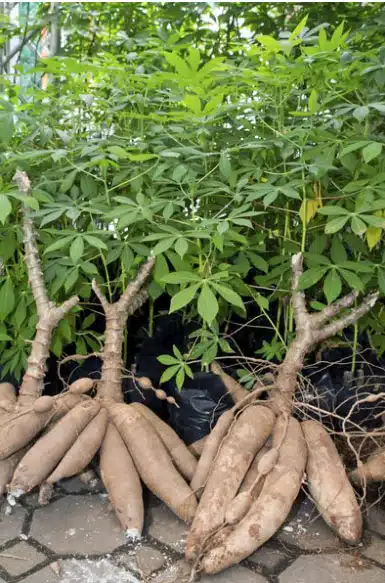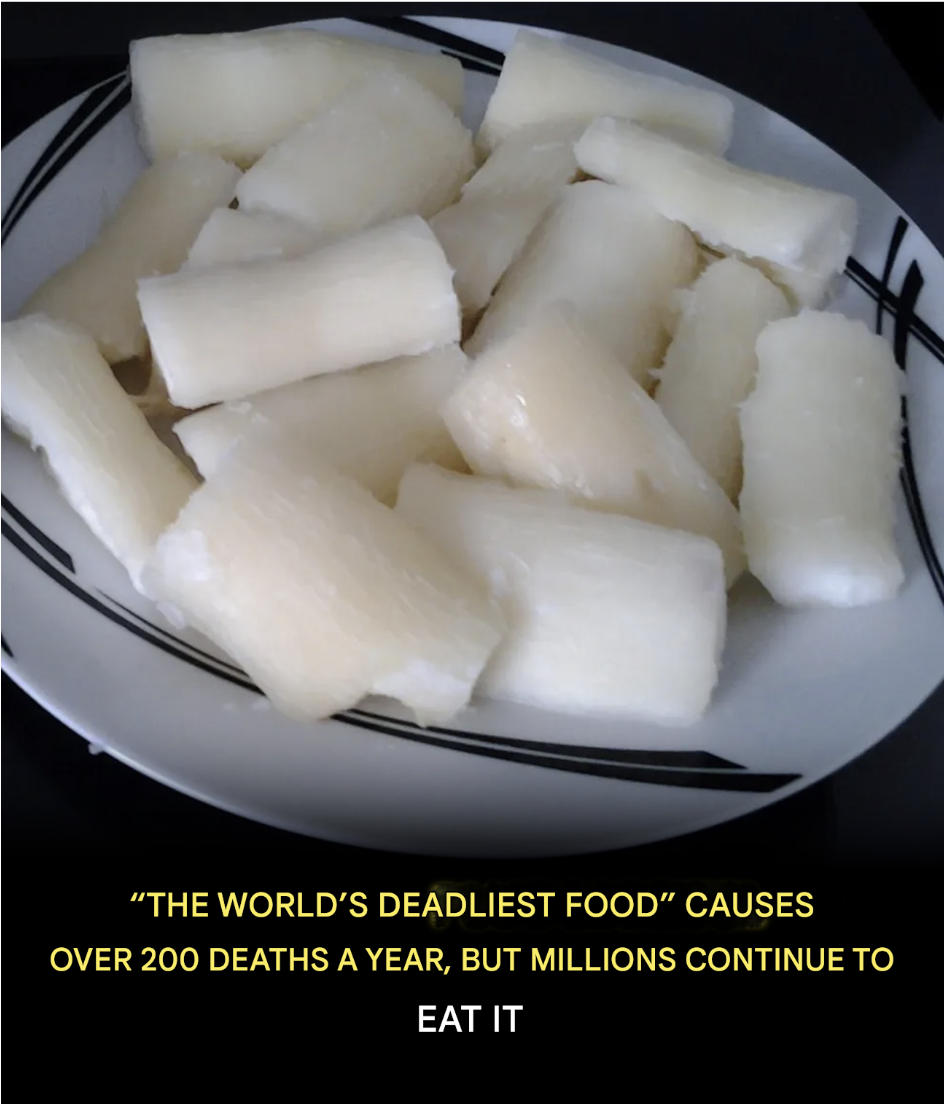It’s an ingredient found in many cuisines around the world, prized for its soft texture, versatility, and subtle flavor. Yet, behind its seemingly harmless appearance, cassava hides a lesser-known—and potentially concerning—side. What if one of the world’s most consumed foods was also one of the riskiest if improperly prepared?
An everyday food… but handle with care

Cassava, also called sweet or bitter cassava , is a tropical root that has been cultivated for centuries, particularly in South America, Africa and Asia. Every day, nearly 500 million people consume it, in the form of puree, fries, pancakes or even flour.
But be careful: cassava, especially in its so-called « bitter » version , naturally contains compounds called cyanogenic glucosides. Put like that, it sounds very technical… and it is a little. But just remember this: these substances, if not eliminated, can produce cyanide. Yes, that well-known poison, often mentioned in detective novels or spy movies.
Why is it called “the most dangerous food in the world”?
continued on next page
